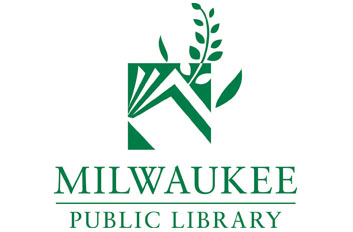
Green Roof

The Milwaukee Public Library has 33,000 square feet of green roof above the Business and Periodicals Room. The green roof is engineered with moisture barriers and insulating features to reduce heating and cooling costs, minimize the urban heat island effect and protect the library underneath. The prime advantage of a green roof is its ability to absorb rainwater. Reducing storm water runoff lessens the load on MMSD sewers, lowers the risk of flooding and basement back-ups and reduces combined sewer overflows into Lake Michigan. The roof is planted with chives and Karl Forester Reed Grass and 12 varieties of sedum. Scheduled tours are available twice a week from mid-April through the end of October and on advance request.
A green roof uses a watertight membrane, protective layers, insulation, filter, soil and vegetation to create a roof system. The soil is inorganic material that retains water. The foliage includes mostly succulent plants able to withstand draught and hold moisture. Sun and shade varieties of sedum are the primary plants.
The roof provides both short- and long-term benefits for Milwaukee residents. In the short-term, replacing 30,000 square feet of traditional non-porous roof with a vegetative system will reduce polluted storm water runoff, lessen heat reflected into the atmosphere and improve air quality. Long-term, Milwaukee will benefit from reduced costs for water treatment systems and infrastructure. The roof should also last at least twice as long as a conventional roof.
MPL’s green roof project also includes photovoltaic cells that convert solar energy into direct current electricity. The electricity is metered, converted to a/c and sent out to the grid. The solar electric panels generate about 36,000 kilowatt hours per year. The library receives credit for the electricity it contributes to the grid.
Funding was provided as follows:
$950,000 = City of Milwaukee Capital Budget
$250,000 = Milwaukee Metropolitan Sewerage District Grant
$100,000 = City's Energy Challenge Fund for Solar Electric System
$130,000 = We Energies
$60,000 = Focus on Energy